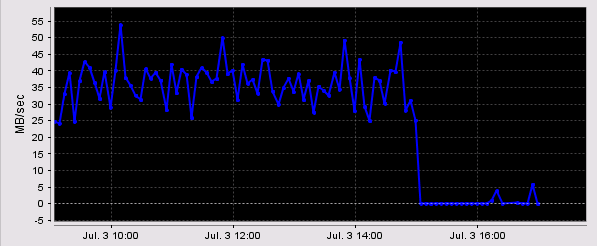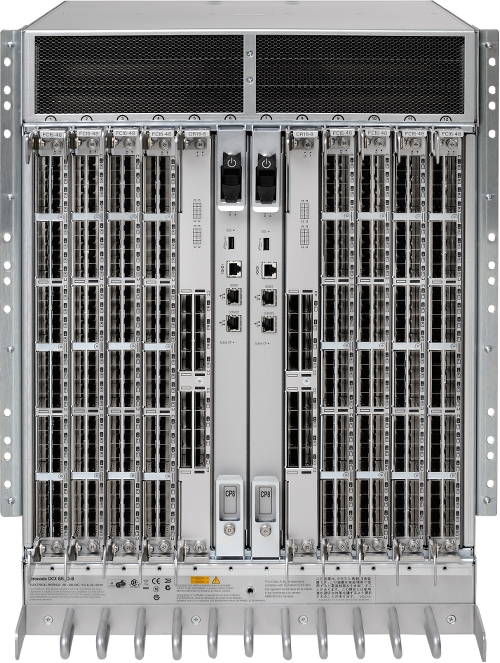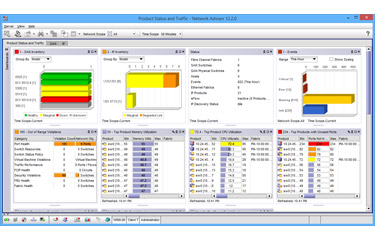One of the regularly used features in BNA is the ability to retain performance numbers and a history of port errors. It is then most annoying when these graphs show a flatline when you know there is a significant amount of traffic traversing these links.
Brocade Network Advisor Performance Graphs flatline








